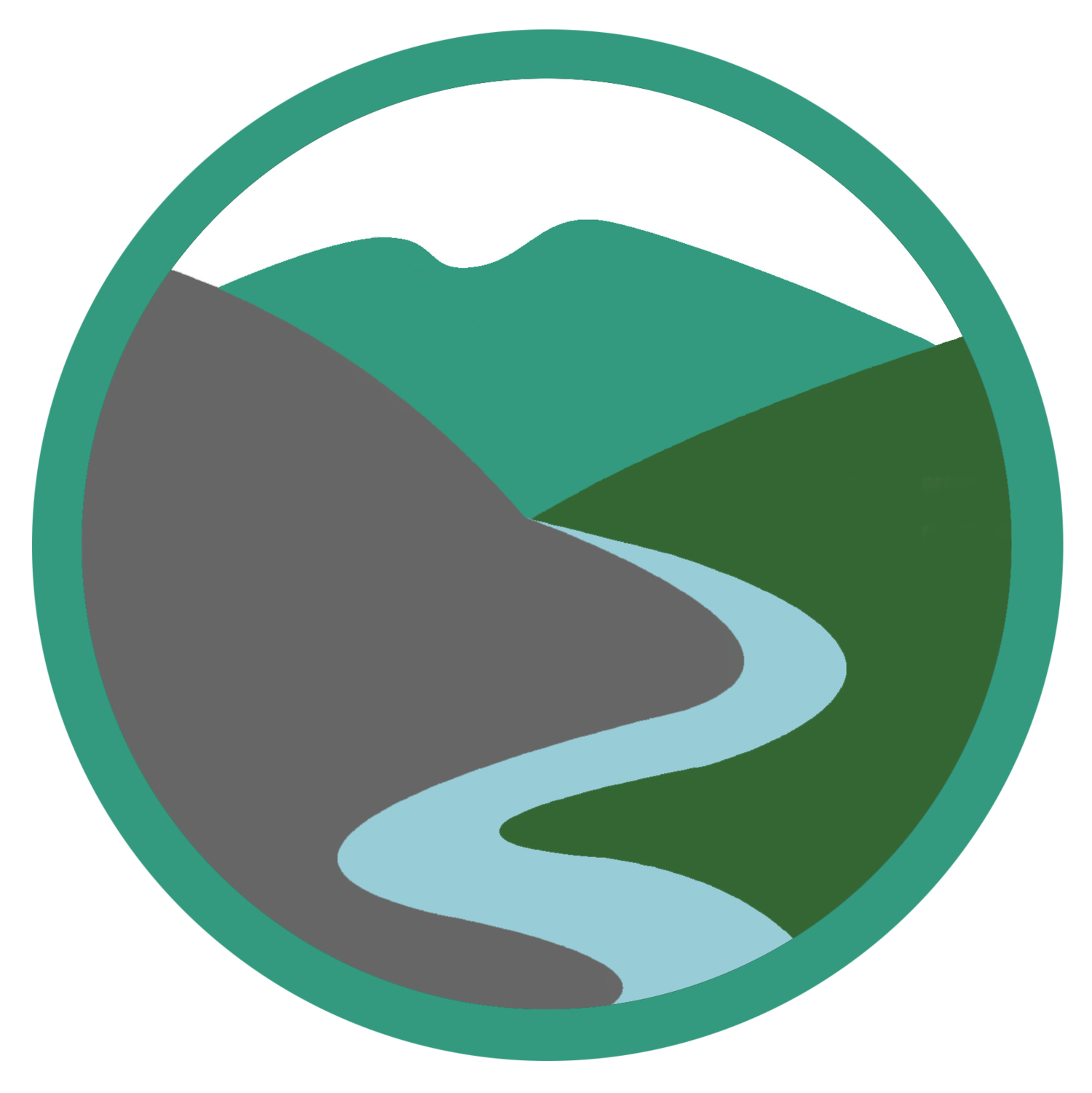
Join our citizen science project and help provide a better understanding of the health of the Wye - for everyone
FORW water monitoring equipment
We will supply all of our volunteers with the following basic kit:
HM Digital EC3 probe (to measure conductivity and temperature)
Hanna Phosphate checkers and reagent
Hach Nitrate test strips
Turbidity Tube
Syringe
Safety gear (gloves and safety glasses)
Field guide
Each volunteer will need to source their own vessel for taking a water sample and advice about how to do that is included in the training.
Team leaders in certain areas or tributary teams may also be issued a rain gauge.
How FORW performs water quality testing
You can read our handy guide with instructions on how to take a water sample and use our Friends of the River Wye basic kit. This manual is designed for use in the field and volunteers will be issued with a printed version of this booklet at their training sessions.
For more detailed guidance and information on all elements of water quality testing, please consult this guide put together by Cardiff University which was designed for citizen scientists collaborating on a monitoring programme across the whole Wye catchment.
Video Tutorials
Head over to our FORW YouTube channel to find videos provided by ourselves and Cardiff University explaining how to take a water sample and use our monitoring kit.
Recording and viewing results
We use the Epicollect5 app (click here for Google Android phone Play or here for Apple phones) to record results on to an open platform so that anyone can access the data. You will get details on how to do this during training. Once your results are being logged, you will be able to see them in our dashboard Wye Viz, which is updated every week or so to have the latest data (please be patient as your latest tests will not appear until each update is made). Click here to see a handy video tutorial of how to use Wye Viz.
Health & safety guidance
We’ve worked with Herefordshire Wildlife Trust and Radnorshire Wildlife Trust to compile a risk assessment for our citizen science project.
All of our volunteers will need to fill out a volunteer registration form which will be held by the relevant Wildlife Trust as well as FORW, in order that volunteers are covered under their insurance policies.
Reporting an incident of river pollution
If you see visible evidence of pollution in the watercourse, including significant agricultural runoff, leakage from manure or silage, sewage overflows, build-up of foam or anything else that doesn’t look right, please immediately take pictures and videos and report to the NRW (in Wales) or the EA in England, including any results taken, and identifying yourself as a FORW citizen scientist. While the EA does not provide a way to report online via the link above, they have separatey provided extra guidance from the Environment Agency provided to Friends of the River Wye as to how to report incidents, including an email address to send pictures and videos, which aer hugely helpful for informing the response.
Mote that raised levels of phosphate or nitrate are not necessarily considered direct evidence of pollution incidents, however we have been encouraged to report when there are significant changes - especially if over the “very high pollution” threshold for phosphates of 0.50 (as measured by your Hanna device and described in the Freshwater Habitat Trust’s explanation of how to interpret phosphate and nitrate results).
In order for Friends of the River Wye to help keep track and follow up on incidents, please do click the button below once you have reported the incident to the appropriate agency:
Further resources and information
The following resources are helpful for further information on a range of topics related to performing water quality testing and looking out for and reporting issues on the river:
Guidance from the EA on river foam and what to look out for.
Guidance on the Farming Rules for Water that are in place to protect the river from runoff. Note that manure spreading distances are the same for England and Wales (10m from freshwater, or 6m if precision-applied)
The Environment Agency’s River Wye Data Quality engagement page, including the latest (2023) Integrated Data Analysis Report on the river’s health in England
The Freshwater Habitat Trust’s explanation of how to interpret phosphate and nitrate results.
Cardiff University’s assessment of results taken by citizen scientist’s handheld Hanna Phosphate checkers against lab-based results over the course of a year, showing remarkable consistency.
The SSSI listings for the English Wye and Lugg - see particularly the Operations Requiring Natural England’s Consent (ORNECs) to understand what is allowed in and around the watercourse. Note that the SSSI is defined as being “up to the bank” of the river, but includes hydrologically connected features within the boundary extending beyond the top of the bank, e.g. any grassland and wet woodland etc.
The SSSI listings for the Welsh Wye and Lower Wye can be found by searching for “Wye” here, and the responsibilities of land owners and managers by doing the same here.
Cardiff University’s guide to phosphorous for citizen scientists (helpful guide including basic explainer, different test kit, the targets set for rivers - provided with support from the EA and NRW).
With thanks to
We’re grateful to the following bodies for their support and guidance: Cardiff University, Wye and Usk Foundation, Herefordshire Wildlife Trust, Radnorshire Wildlife Trust, Campaign for the Protection of Rural Wales, Dŵr Cymru/Welsh Water, the Environment Agency, and Natural Resources Wales.
We’re also delighted to be working alongside other groups doing citizen science monitoring in the catchment, including the Wye Salmon Association, the Campaign for the Protection of Rural Wales and the Herefordshire branch of the Campaign for the Protection of Rural England.
